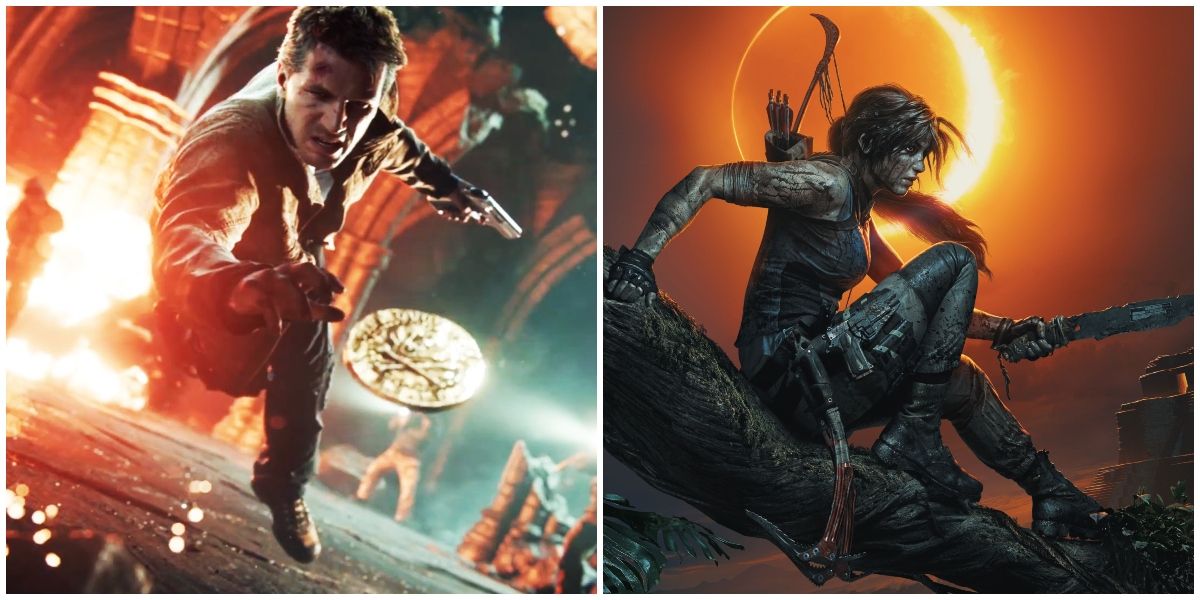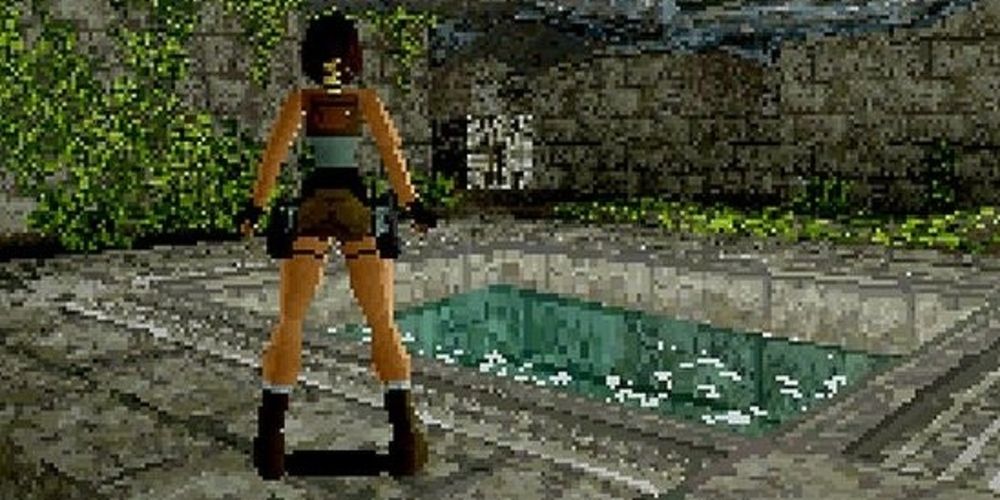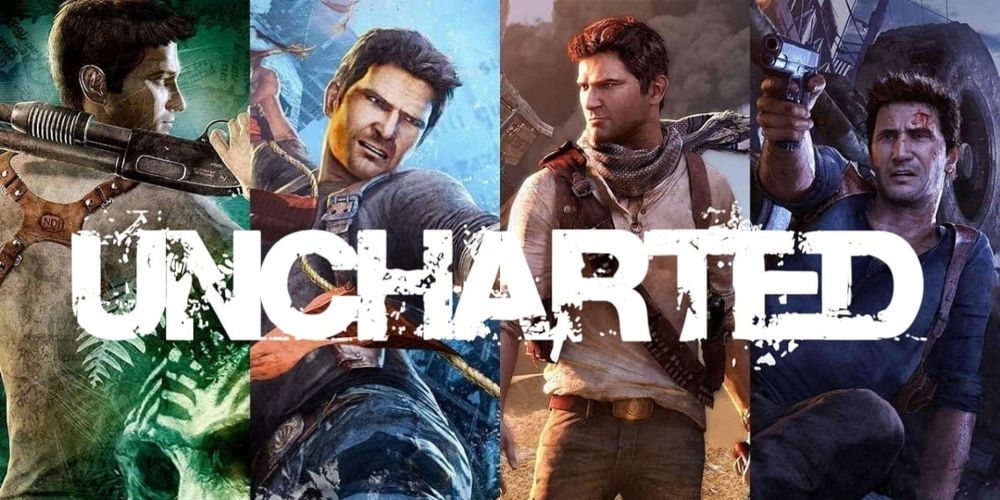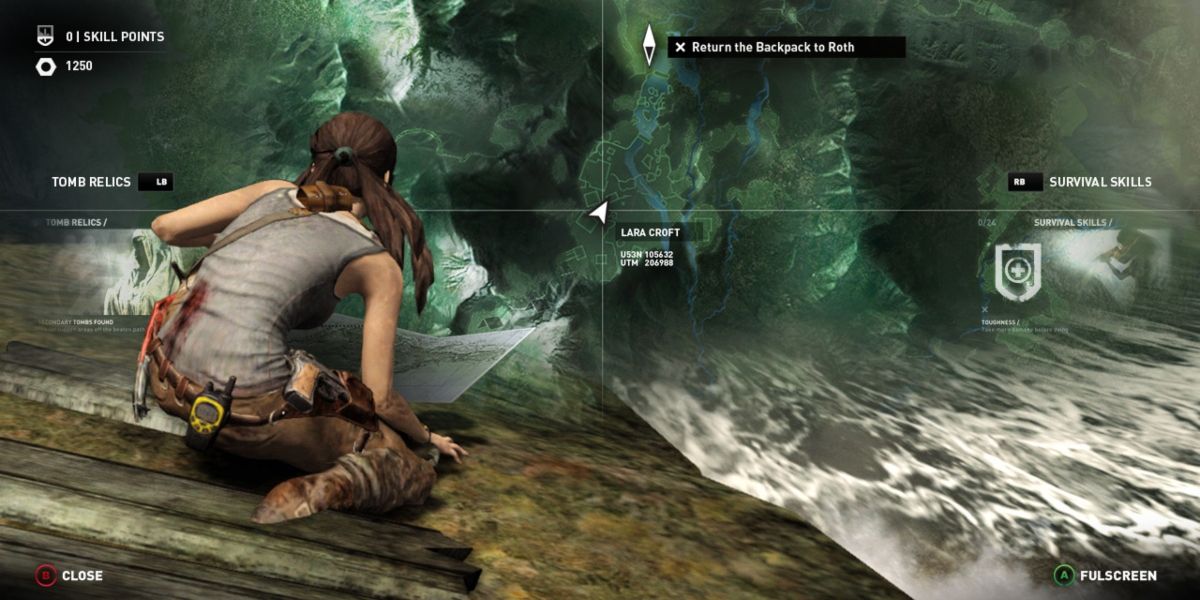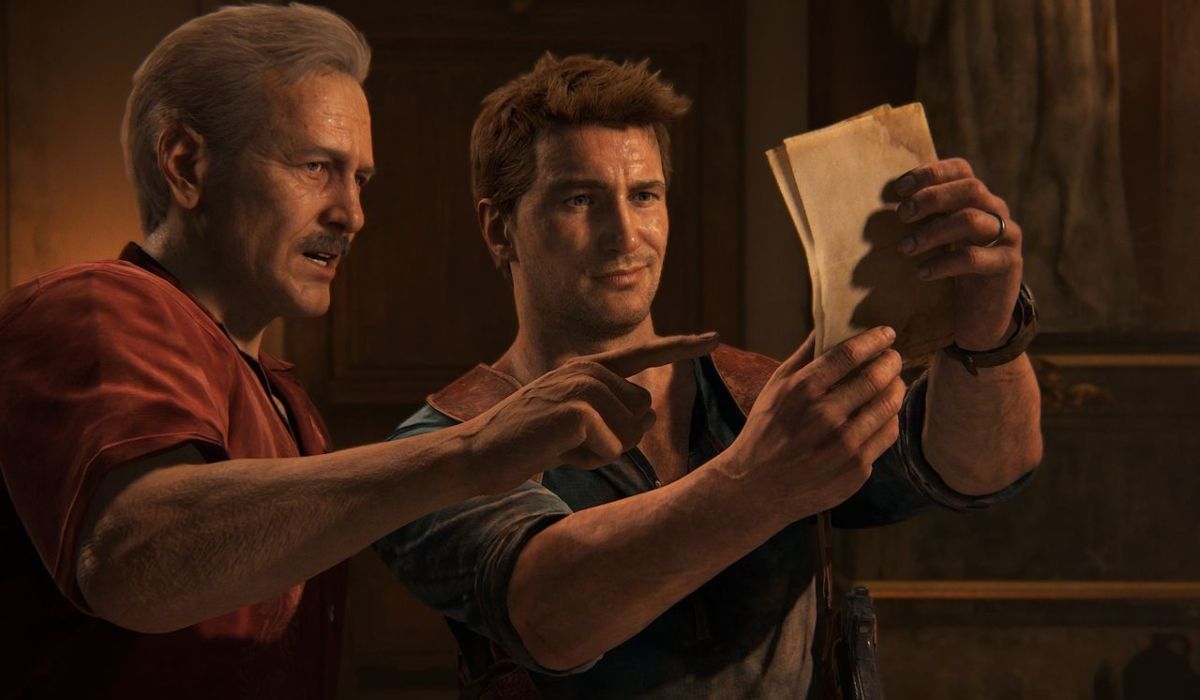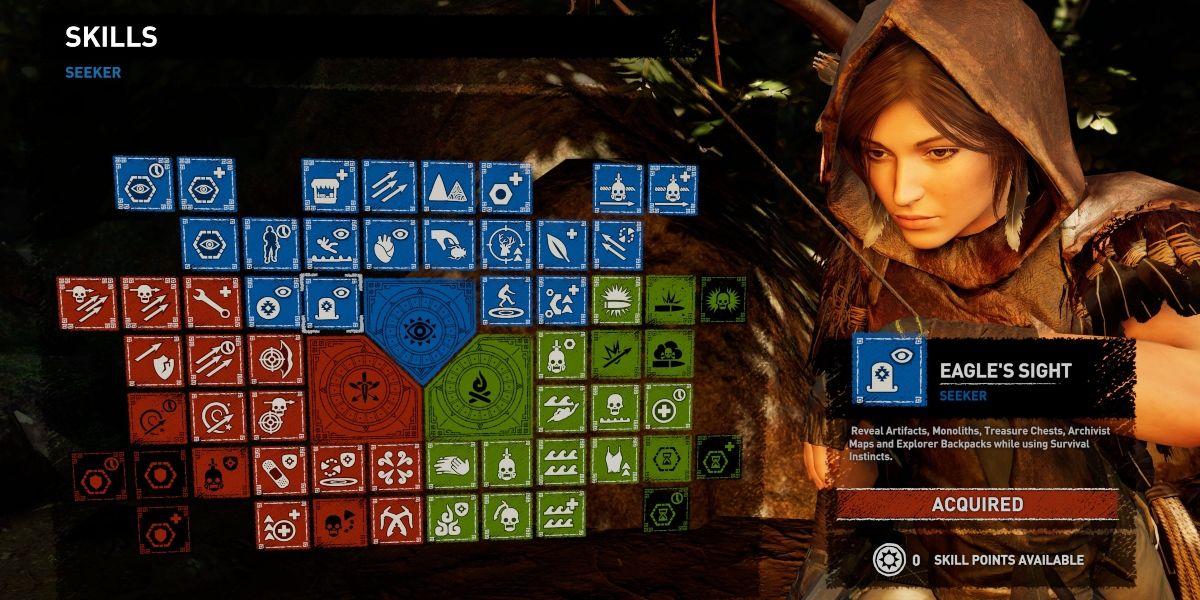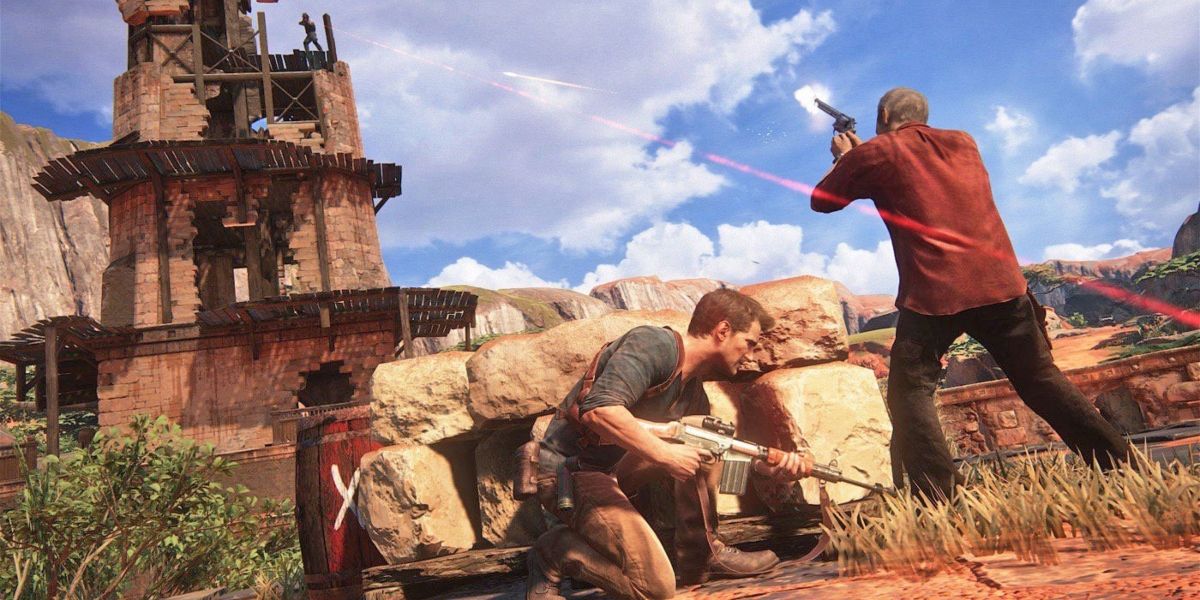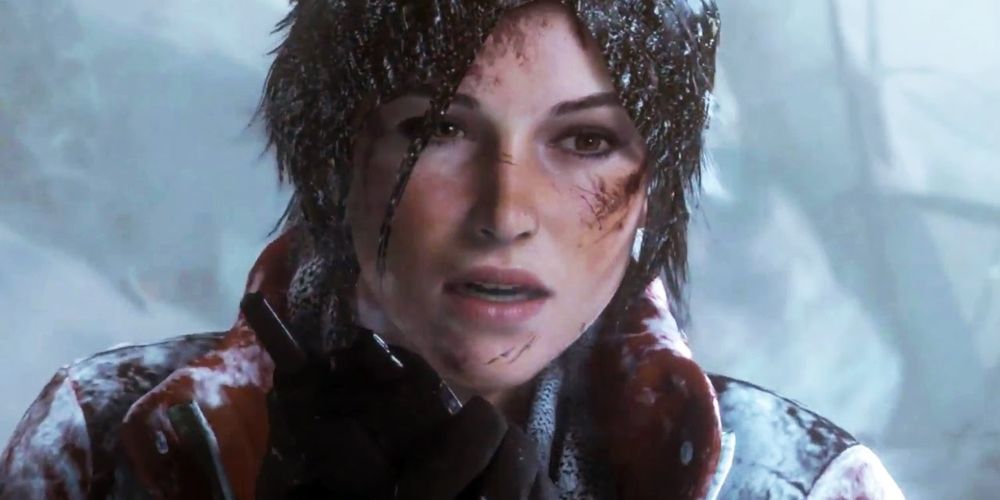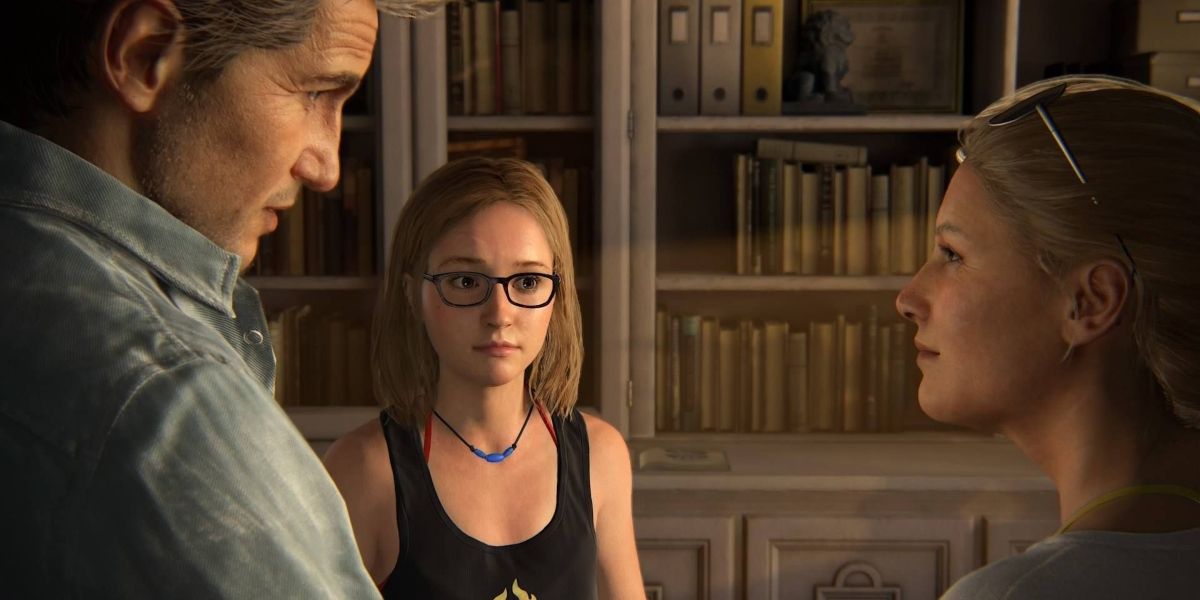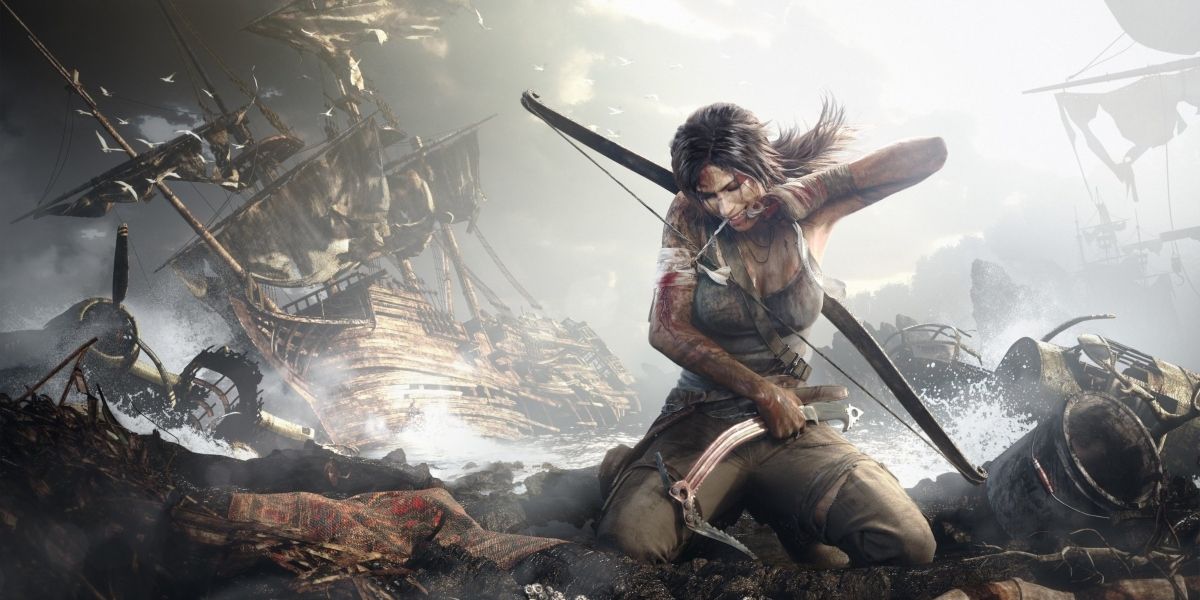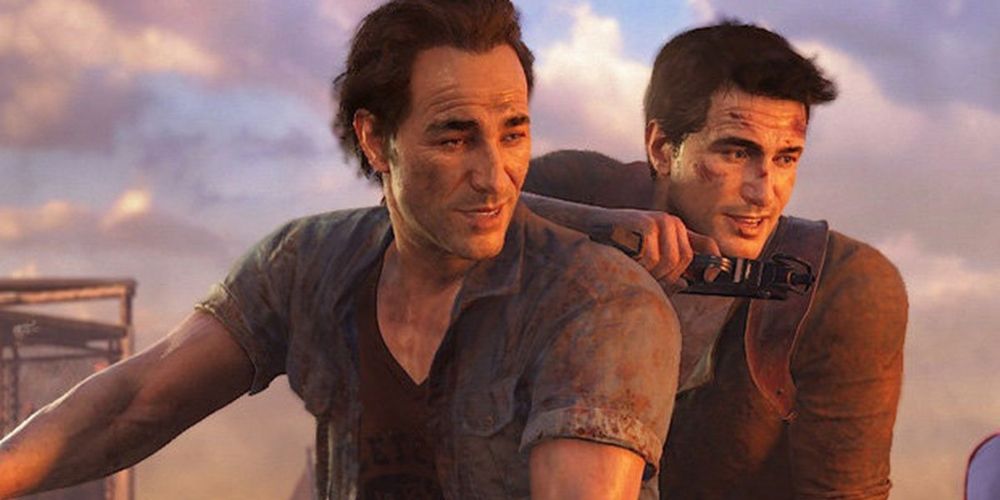Videogames have been fortunate to have certain franchises take hold and develop alongside the medium. The Grand Theft Auto series let us live our fantasies as anti-hero criminals, The Elder Scrolls games gave us amazing fantasy worlds to delve into, and Call Of Duty put us through unforgettable multiplayer experiences.
Tomb Raider and Uncharted specialize in letting people pretend to be Indiana Jones. An intertwined love for history, exploration, puzzle-solving, and action are the characterizing elements that make up the core formula of these titles. They are both well worth playing, but they come with their own differences which let each one succeed more effectively in certain areas.
11 Tomb Raider: Early Pioneer Of The Genre
The stark difference between the Tomb Raider and Uncharted franchises lies in their respective age. Lara Croft used to be a polygonal character, while Nathan Drake enjoyed a certain degree of polish warranted by technological advancements. That is not to say that graphics are a deciding factor here.
The first Tomb Raider set the tone for the rest of the series which produced a wealth of games across console generations. If Lara's adventures had not been as engaging and resonant with players, an Uncharted franchise might have never existed. Tomb Raider was one of the first games to show just how fun action, exploration, and puzzle-solving are in a context filled with ancient ruins, relics, and world-changing artifacts.
10 Uncharted: Shorter Series
If you weren't already playing videogames in 1996 when Tomb Raider first came out, chances are you didn't play the entire Lara Croft saga thus far. In comparison, the Uncharted games are relatively new having begun in the PS3 generation and concluded in the PS4's (at least for now).
Because of this, Nate has much less time to make an impact on players. Moreover, people have far more content to get through by playing the Tomb Raider games. However, length and quantity do not necessarily make for an automatically superior experience.
9 Tomb Raider: Feels Videogame-y
It would not be fair to compare A Thief's End to the earlier Tomb Raider games. By taking into consideration the reboot that launched alongside the base PS4, Tomb Raider made the most of traditional elements found in other modern action and exploration games.
Though its graphics live up to the standard and are fairly immersive, there is no denying that the Tomb Raider games on PS4 have plenty of overlays, prompts, and mechanics that show people what button to press in a given situation. Shadow Of The Tomb Raider does an especially great job at immersing players in an area. However, they have to tinker around with the game's options to hide some of the immersion-breaking UIs.
8 Uncharted: Cinematic Storytelling
One of the greatest strengths found in this series is the seamless cinematic experience. This is especially noticeable in the last game where the transitions from cutscenes to gameplay are smoother than a slab of marble.
Yes, there are overlays found here, as well, but they are far less invasive than Shadow Of The Tomb Raider's. At times, it's hard to know when the player can stop worrying about controlling Nate and just see whether he hangs on to a train dangling from a cliff.
7 Tomb Raider: Newer Games And Newer Innovations
Because Tomb Raider came a long way from its beginnings on older consoles, the last few games introduced changes that revolutionized their established gameplay experience. Previous elements like action mixed with exploration and puzzles are still found in both Rise and Shadow Of The Tomb Raider. Nothing was taken away from the franchise's overall magnetism.
However, the addition of stealth, skills, and side quests account for a better RPG-oriented game. This also comes with plenty of accessibility options that can improve some user's overall experience. These enhancements to gameplay greatly benefit the franchise that needed a fresh coat of paint to make a successful comeback on PS4.
6 Uncharted: Executes Its Formula With Panache
By examining the four main Uncharted games and its subsequent Lost Legacy spin-off, fans can see that they do little in terms of changing. Some tweaks have been made here and there to improve the game's overall experience, but they mostly remain unchanged.
Instead, Uncharted focuses on doing what it knows best. It uses relatively simple concepts like shooting, climbing, and running while solving puzzles or exploring. That seems simplistic at first glance, but the execution of these elements in conjunction with a specific context is what makes every Uncharted game packed with memorable moments.
5 Tomb Raider: Lara Changes Through The Years
It would be impossible for Lara not to be different from her original debut to her last appearance thus far. She definitely became more human both thanks to the effort put into technological advancements and thanks to the great performance given by Camilla Luddington (who voiced and motion-captured Lara) in the last three Tomb Raider games.
Because of this, Lara's character constantly evolved through the series though her heart and soul remained the same. This change in her persona was necessary to bring Lara into the future of gaming, so she feels like someone who grew because of the times rather than just her own personal journey.
4 Uncharted: Nathan Drake's Journey From Thief To Father
Uncharted's stories have two essential components: the main treasure hunting quest and the developing relationships between characters. Nate plays the reckless protagonist who opposes a selfish antagonist practically every single time. Both get their hands on the treasure or relic in question and both end up having to clash for it. So far, things seem pretty cliché.
However, Nate forges new bonds in each game or further advances his relationship with established side characters. He also, overall, grows as a person thanks to his experiences. By the end of his journey, he is living somewhere on a beach with his family having decided to leave behind the life of a treasure hunter to enjoy the real richness of life.
3 Tomb Raider: A Never-Ending Series
Lara's journey does not have a set conclusion (not yet at least). Each game is its own package much like the Uncharted ones. However, they just prove to be challenges for Lara to overcome and reveal bits of her past and the lore surrounding her world.
Overall, the games feel like entries in a story that is still open-ended and could go in multiple directions with no set path. This gives Lara the freedom to explore new and exciting settings -- perhaps charting maps that Nathan Drake never could.
2 Uncharted: A Self-Contained Series
Uncharted's greatest strength is the story told by the characters. That is not to say that the story of Shambhala or Avery's treasure are unimportant. Rather, it puts the focus on how they shape and define Nate and his friends. Each journey has a meaning found in the path walked by the player instead of the ending where an evil society, like Trinity, is defeated.
Uncharted has a set beginning and ending with a culminating sense to it all that feels rewarding. If players stuck with Nate through each of his games, then they know that A Thief's End is the perfect epilogue for a group of characters to experience. Some things are best left alone once they reach a fitting conclusion.
1 The Final Verdict
Both Uncharted and Tomb Raider are essential entries to the betterment of the action/adventure genre. Each had profound impacts on gaming in their own ways. Depending on what players value, they could regard one to be above the other.
If one cares about an extensive gameplay experience with multiple systems, gameplay mechanics, and a main character that's not a man (for once), then go with the last three Tomb Raider games released. They offer a consistent action-packed experience that we hope will continue to evolve in the future.
If one cares about feeling butterflies in their stomach, going on an incredibly meaningful journey, and experiencing an explosive and exhilarating narrative, then Uncharted probably works better. The gameplay in these games is a bit more bare-bones, but so incredibly well executed that it does not matter. Platforming, puzzle-solving, and action are at their best in a game like Uncharted: A Thief's End.

